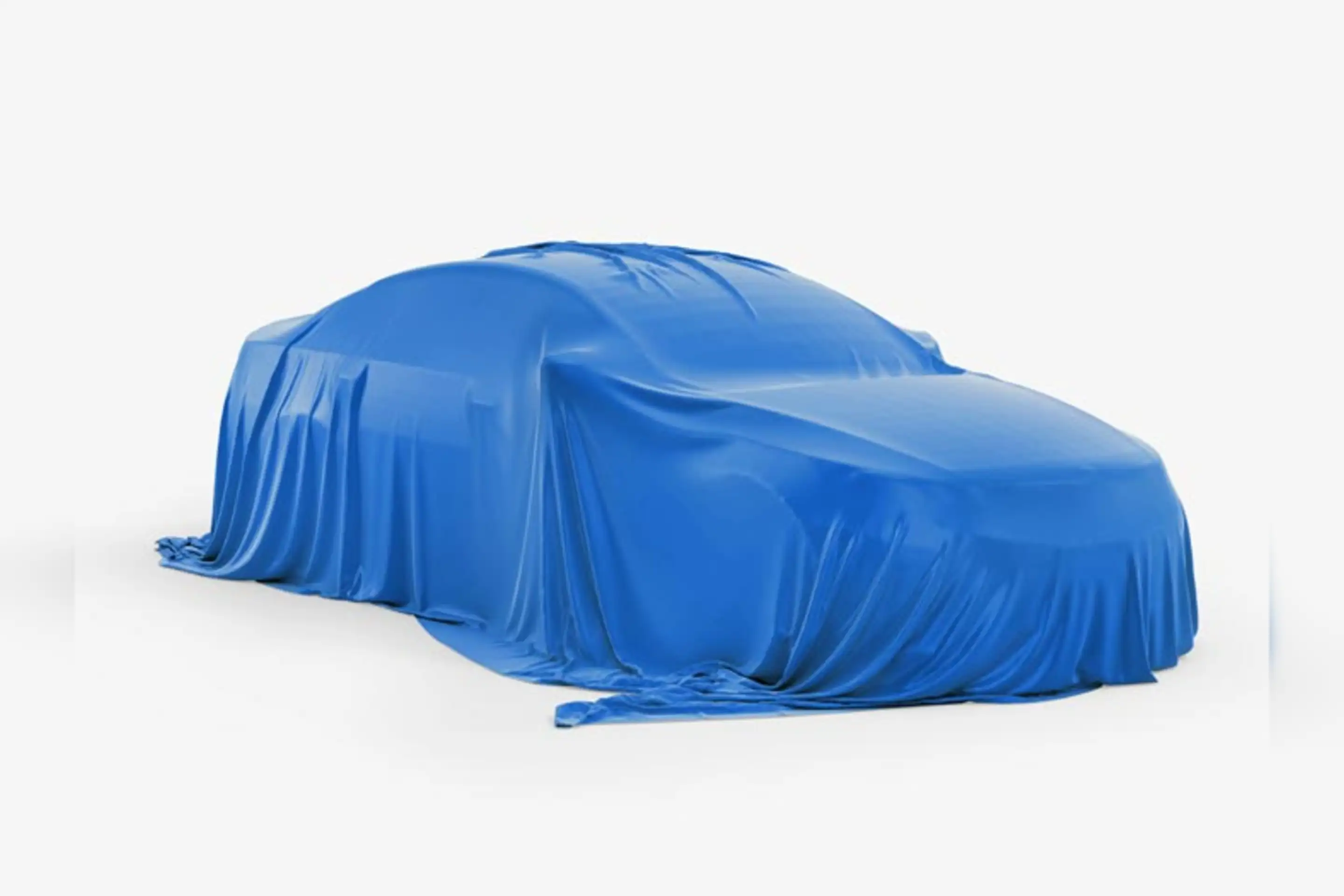Turning on the headlights
Copyright 2025 heycar - All rights reserved
In a market where MPVs are nearly extinct, the Volkswagen Touran is, at the time of writing in mid-2024, amazingly still on sale. But with no competition, perhaps Volkswagen is simply hoovering up all the customers that still need a proper multi-purpose vehicle, rather than an SUV. Either way, it’s good news for used buyers too, since used Tourans are easier to find than many equivalents.
The Touran is a seven-seater, with a rear bench big enough for a couple of kids, and if you fold the rear row down, enough luggage space to shame much larger cars. It’s not as stylish as the SUVs that have taken over the seven-seater market but it’s more practical, and being slightly unfashionable just makes it more affordable too. You can read more about the Touran’s engines, trim levels, and features below.
The Volkswagen Touran won’t wow you with its looks. In fact, you might even forget where you parked it sometimes. But it’s a people-mover from the old-school, less concerned about pretending to be an off-roader and instead offering as much interior space as possible from a relatively compact footprint - at 4.5 metres long, it’s half way between a VW Golf hatchback and Golf Estate in length.
Into that length it packs seven seats, and while the rearmost row doesn’t exactly get captain’s chairs, and results in a small 187-litre boot, they’re plenty big enough for a couple of kids. Flip them down and use the Touran as a five-seater, and the boot space quickly expands to 927 litres too, bigger than almost any SUV on sale in the UK - in five seat mode, the five metre long Land Rover Discovery still has five litres less than the Touran.
The rest of the interior is a model of VW logic, with a dashboard design similar to the previous-generation Golf, decent standards of build and materials, and comfortable seats for all. It’s a typical VW on the road too - easy to drive, with neat handling, a pliant ride, and a range of frugal engines. It won’t blow your socks off, but you knew that already.
There aren’t many compact MPVs left any more, and unusually those that remain have premium badges: the BMW 2 Series Gran Tourer and the Mercedes-Benz B-Class (the latter strictly a five-seater). In a newer, more estate car like form there’s the Dacia Jogger, while van-based MPVs like the Citroen Berlingo are popular and brilliantly practical. Older MPVs like the Ford S-Max are worth a look too.
Don’t ignore the diesel Tourans, which still make a lot of sense even if the fuel has started falling out of favour in recent years. The 1.6-litre model feels a little hard-worked so we’d aim for one of the 2-litre versions, which still promise economy figures of around 50mpg. They may be overkill if you don’t do huge mileage though, so also consider the 1.4 and 1.5-litre TSI petrols, which are peppy and frugal. Spec-wise, the sweet spot is SE Family or SE L, though the SE is fine if you want to save a few pennies on the purchase price.
The Volkswagen Touran’s exterior dimensions are:
The Volkswagen Touran’s boot space is:
The Touran arrived in 2015 so models registered from then until April 2017 are taxed based on CO2 emissions - this means the most frugal 1.6-litre TDI can cost as little as £35 a year to tax. From April 1, 2017 onwards you’ll pay a flat rate of VED, of £190 per year as of the 2024/2025 tax year.
Insurance is a little more than you’d expect from an equivalent Volkswagen Golf, but the Touran still shouldn’t be too expensive to cover. The range sits between groups 9 and 21 (out of 50), with a 1.6 TDI in S trim theoretically costing the least, and a 190PS 2.0 TDI in R Line trim at the upper end of the scale.

£21,111

£16,998
£26,012
£25,900
£17,118
£23,490
£21,990
£22,190
£25,599
£23,290
37-54 of 46 vehicles
What is the most popular colour for Volkswagen Touran ?
What is the most popular gearbox for Volkswagen Touran ?
What is the most popular fuel type for Volkswagen Touran ?
What is the most popular engine for Volkswagen Touran ?
What is the average mileage for Volkswagen Touran ?
23981
How many Volkswagen Touran cars are available for sale?
53